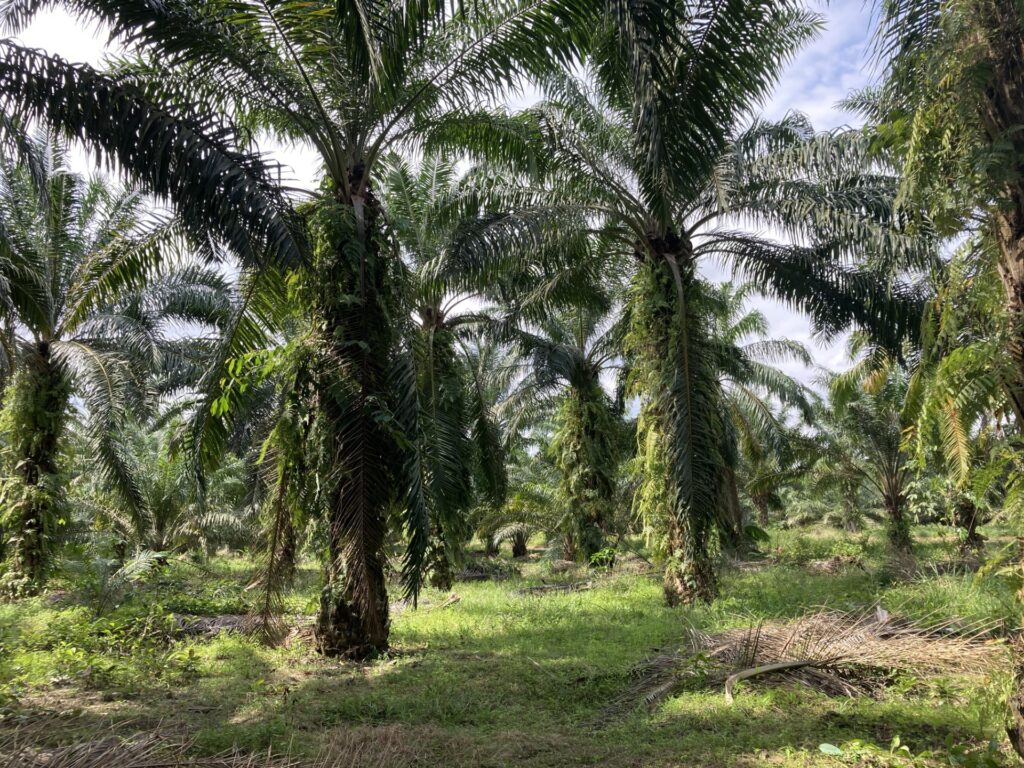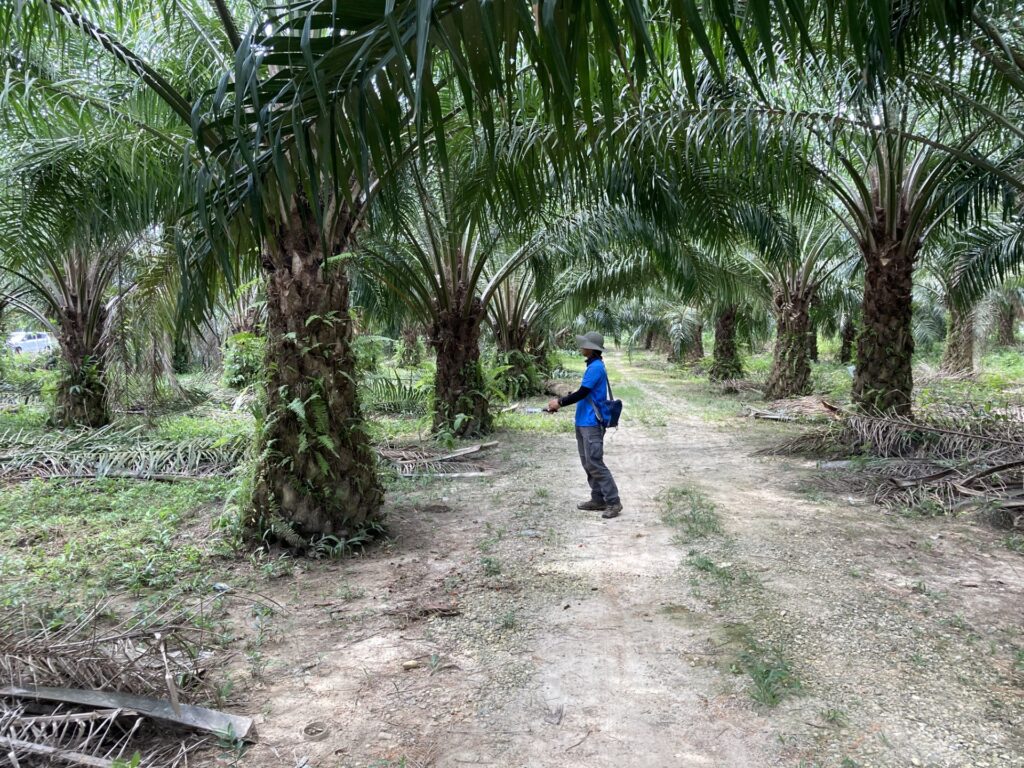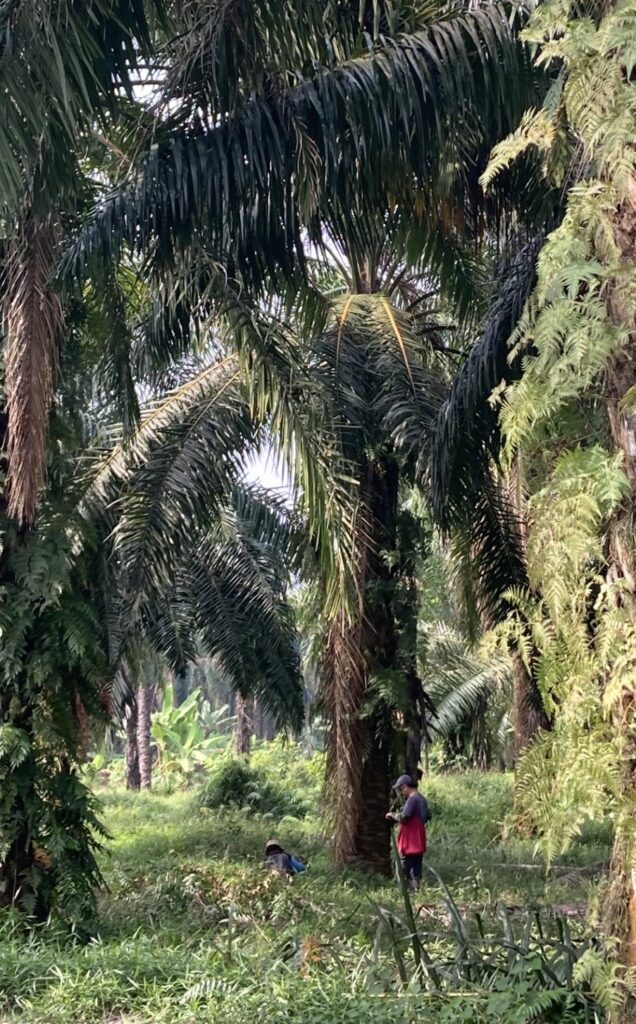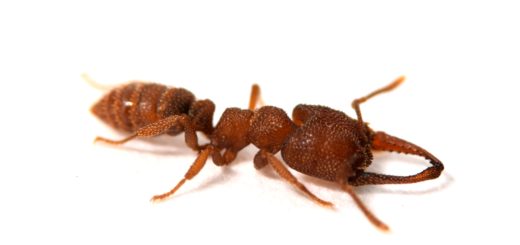The role of ants in relation to oil palm landscapes
Ants are key players in tropical ecosystems—busy performing crucial ecological jobs. But how do they fare amidst the expanding oil palm plantations sweeping across the globe? In their recent review, “The status and role of ants in oil palm landscapes: knowledge gaps and directions for future research,” Jake Stone and colleagues dive into the current state of research on ants in these rapidly transforming habitats. They reveal critical gaps—like the lack of studies beyond Southeast Asia and smallholder plantations—and offer directions for future research to maximize ant-driven ecological benefits within oil palm agriculture.
A Photoblog contribution by Jake Stone

An Interview compiled by Salvatore Brunetti and edited by Purbayan Ghosh


Anoplolepis gracilipes or the yellow crazy ant, a renowned tramp species, scavenging on a dead Rhinoceros beetle (Oryctes rhinoceros) which themselves are considered a significant pest species in oil palm agriculture.


Photomicrograph of a Polyrhachis sp. (left) and Leptogenys sp. (right) collected from oil palm plantations both in Malaysia and Indonesia.

Jake Stone with an oil palm smallholder farmer on their plantation in peninsular Malaysia. Smallholdings like this oneaccount for around 40% of global oil palm production.


A typical mature monoculture oil palm plantation, complete with a diverse epiphytic plant community.

Fellow PhD student (from University of Cambridge) Valentine Reiss-Woolever recording data at a newly planted polyculture plantation. Crops include banana, cassava and oil palm.

University of Cambridge PhD student Martina Harianja (crouched) and colleague Wan Zaki Wan Mamat (standing) from Universiti Putra Malaysia taking samples in a mature oil palm plantation.





Recent Comments